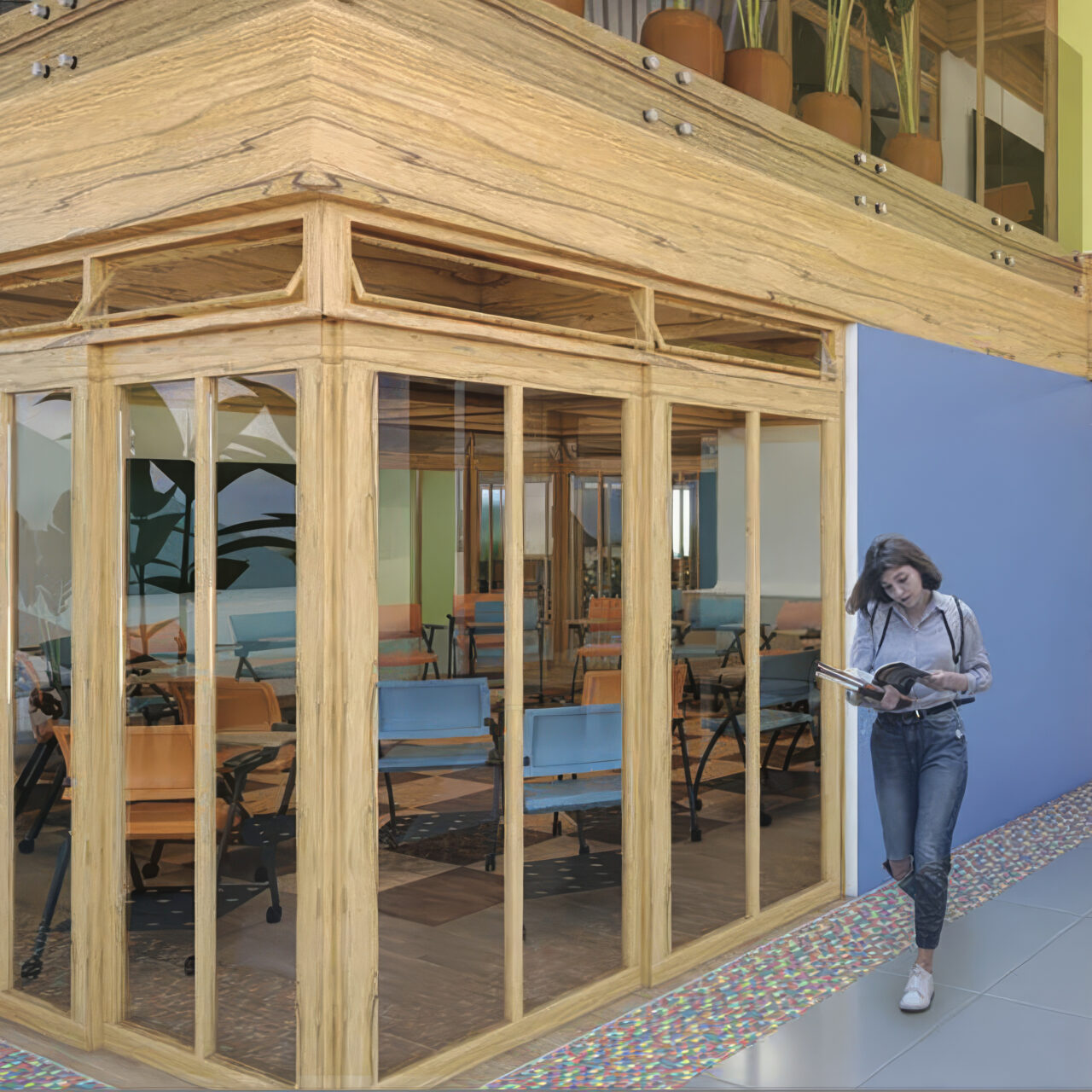Bronze Winner of the International Architecture & Design Awards 2025
Architect / Designer:
FERNANDO BRANDÃO
Country:
Brazil
Following the unprecedented storm that devastated the coastal town of São Sebastião in February 2023, the urgent challenge of rebuilding a public school presented not only a logistical test but also a rare architectural opportunity. Rather than constructing a new building from scratch, the project took an unconventional approach: transforming an existing, resilient gymnasium into a new learning environment. This bold decision ensured that construction could proceed under cover, unaffected by the region’s frequent rainfall, allowing for rapid delivery within a tight timeline set by the State Government of São Paulo.
The concept embraced the values of integration, sustainability, and adaptability. The existing gymnasium structure became the foundation for a completely reimagined layout — free of corridors, open to light, and designed to foster interaction among students and educators. Classrooms were configured with transparent boundaries and no rigid divisions. Each space has four structural walls, while all corners remain open with glass doors, reinforcing a sense of openness and constant visual connection.
The project prioritised technological integration to enhance engagement and immersive learning. In addition to traditional boards, each classroom was equipped with interactive screens, TVs, and even AR/VR tools to support modern teaching methods. Acoustic quality was carefully addressed through spatial design and the application of noise-reducing panels, while adaptive lighting systems respond dynamically to environmental needs. Accessibility features such as ramps and lifts ensure inclusivity for all users.
A key innovation was the use of cross-laminated timber (CLT) — a renewable material rarely used in Brazil but widely adopted internationally. Made from reforested pine, CLT matches concrete in strength and steel in efficiency, while offering a significantly lower carbon footprint. Structurally, the classrooms span two floors, with upper walls resting precisely on the ends of those below, creating a locked system that generates minimal waste and accelerates assembly.
By retaining an existing structure and integrating advanced materials and methods, the project not only minimized environmental impact but also conveyed powerful daily lessons to students about resilience and sustainability. More than just a school, the resulting space functions as a vibrant and inclusive community hub — an example of how architecture can educate, inspire, and build a better future.


